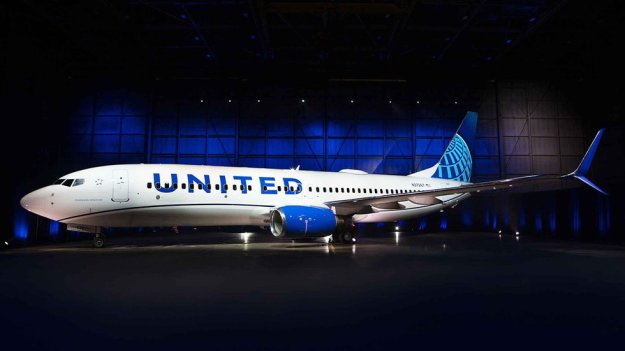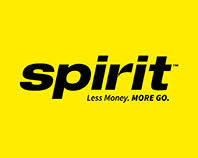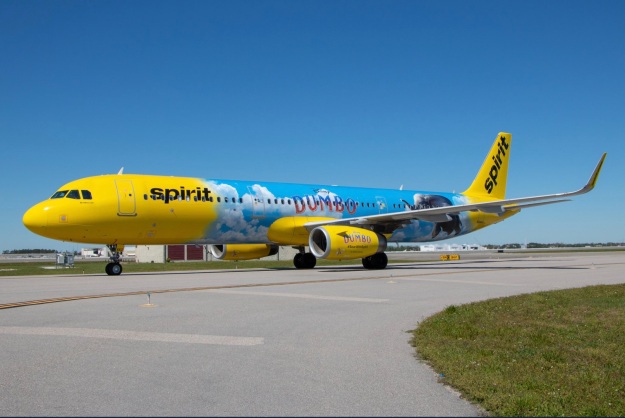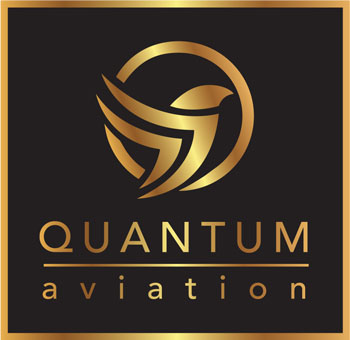
United Airlines’ new 2019 brand
April 25, 2019
WestJet unveils its Boeing 787 Dreamliner maintenance hangar at Calgary
April 25, 2019Spirit Airlines, Inc. today reported first quarter 2019 financial results.

| First Quarter 2019 | First Quarter 2018 | ||||||||||||||||||
| As Reported | Adjusted | As Reported | Adjusted | ||||||||||||||||
| (GAAP) | (non-GAAP)1 | (GAAP) | (non-GAAP)1 | ||||||||||||||||
| Revenue | $855.8 million | $855.8 million | $704.1 million | $704.1 million | |||||||||||||||
| Operating Income (loss) | $87.8 million | $89.7 million | $(38.8) million | $51.2 million | |||||||||||||||
| Operating Margin | 10.3% | 10.5% | (5.5)% | 7.3% | |||||||||||||||
| Net Income (loss) | $56.1 million | $57.5 million | $(44.9) million | $29.9 million | |||||||||||||||
| Diluted EPS | $0.82 | $0.84 | $(0.66) | $0.44 | |||||||||||||||
“Solid execution of our revenue initiatives and strong underlying demand trends drove adjusted diluted earnings per share growth of over 90 percent1 for the first quarter 2019 compared to the first quarter last year. On capacity growth of 16.9 percent year over year, for the first quarter 2019, the team delivered a total revenue per available seat mile increase of 4.1 percent driven by improvements in both ticket and non-ticket yields. We also ran a great operation during the quarter, improving our completion factor by 70 basis points to 98.9 percent despite more weather disruptions than the year prior and delivering an on-time performance of 82.6 percent2, which was among the best in the industry,” said Ted Christie, Spirit’s President and Chief Executive Officer.
Revenue Performance
For the first quarter 2019, Spirit’s total operating revenue was $855.8 million, an increase of 21.5 percent compared to the first quarter 2018, driven by a 16.0 percent increase in flight volume and increases in both passenger yields and load factor.
Total operating revenue per available seat mile (“TRASM”) for the first quarter 2019 increased 4.1 percent compared to the same period last year. During the first quarter 2019, the Company’s results continued to benefit from its ticket and non-ticket revenue initiatives.
On a per passenger flight segment basis, total revenue for the first quarter 2019 increased 1.6 percent year over year to $109.44 with fare revenue per passenger flight segment increasing 1.6 percent to $53.24 and non-ticket revenue per passenger flight segment increasing 1.6 percent to $56.203. The improvement in non-ticket revenue per passenger segment year over year was largely driven by dynamic pricing initiatives and improved take rates of bundled service offerings.
Cost Performance
For the first quarter 2019, total GAAP operating expenses increased 3.4 percent year over year to $768.0 million. Adjusted operating expenses for the first quarter 2019 increased 17.3 percent year over year to $766.1 million4. Drivers of the increase in adjusted operating expense compared to the first quarter last year include higher flight volume, contracted pilot rate increases, airport rent and landing fee escalations, and higher depreciation expense. On a GAAP basis, these increases were largely offset by lower special charges year over year.
Aircraft fuel expense increased in the first quarter 2019 by 12.2 percent year over year, due to a 15.6 percent increase in fuel gallons consumed.
Spirit reported first quarter 2019 cost per available seat mile (“ASM”), excluding special items and fuel (“Adjusted CASM ex-fuel”), of 5.46 cents4, an increase of 2.4 percent compared to the same period last year, primarily due to higher salaries, wages and benefits per ASM, largely driven by contracted rate increases pilots received effective March 1, 2018. This increase was partially offset by lower aircraft rent per ASM and better operational performance.
“Strong revenue performance coupled with solid cost control helped produce a 320 basis point improvement in our adjusted operating margin for the first quarter 2019,” said Scott Haralson, Spirit’s Chief Financial Officer. “We are continuing to capture the benefits of the hard work and dedication by all our team members to profitably grow our business, improve our brand image, execute on our plan to drive revenue improvement, and maintain an industry-leading cost position. We are committed to keeping this momentum going and delivering strong returns for our shareholders.”
Liquidity
Spirit ended the first quarter 2019 with unrestricted cash, cash equivalents, and short-term investments of $1.2 billion. Spirit generated $205.2 million of operating cash flow and ended first quarter 2019 with adjusted free cash flow of $163.8 million5.

Fleet
Spirit took delivery of five new aircraft (one A320ceo and four A320neo) during the first quarter 2019, ending the quarter with 133 aircraft in its fleet.
Network
During the quarter, Spirit continued its goal to broaden and diversify its network with new service from Austin and Indianapolis primarily to large leisure destinations. Spirit also added new service between existing destinations, bringing its operation to over 600 daily flights to 75 destinations in the U.S., Latin America, and the Caribbean.
End Notes
(1) See “Reconciliation of Adjusted Net Income, Adjusted Pre-tax Income, and Adjusted Operating Income to GAAP Net Income” table below for more details.
(2) Preliminary data using DOT A:14 methodology.
(3) See “Calculation of Total Non-ticket Revenue per Passenger Segment” table below for more details.
(4) See “Reconciliation of Adjusted Operating Expense to GAAP Operating Expense” table below for more details.
(5) See “Reconciliation of Adjusted Free Cash Flow to GAAP Net Operating Cash Flow” table below for more details.



